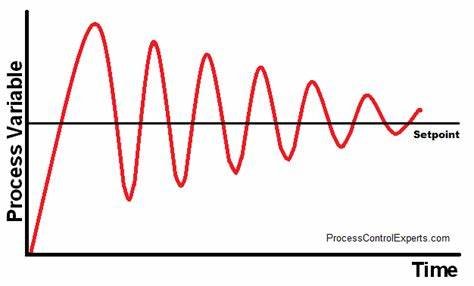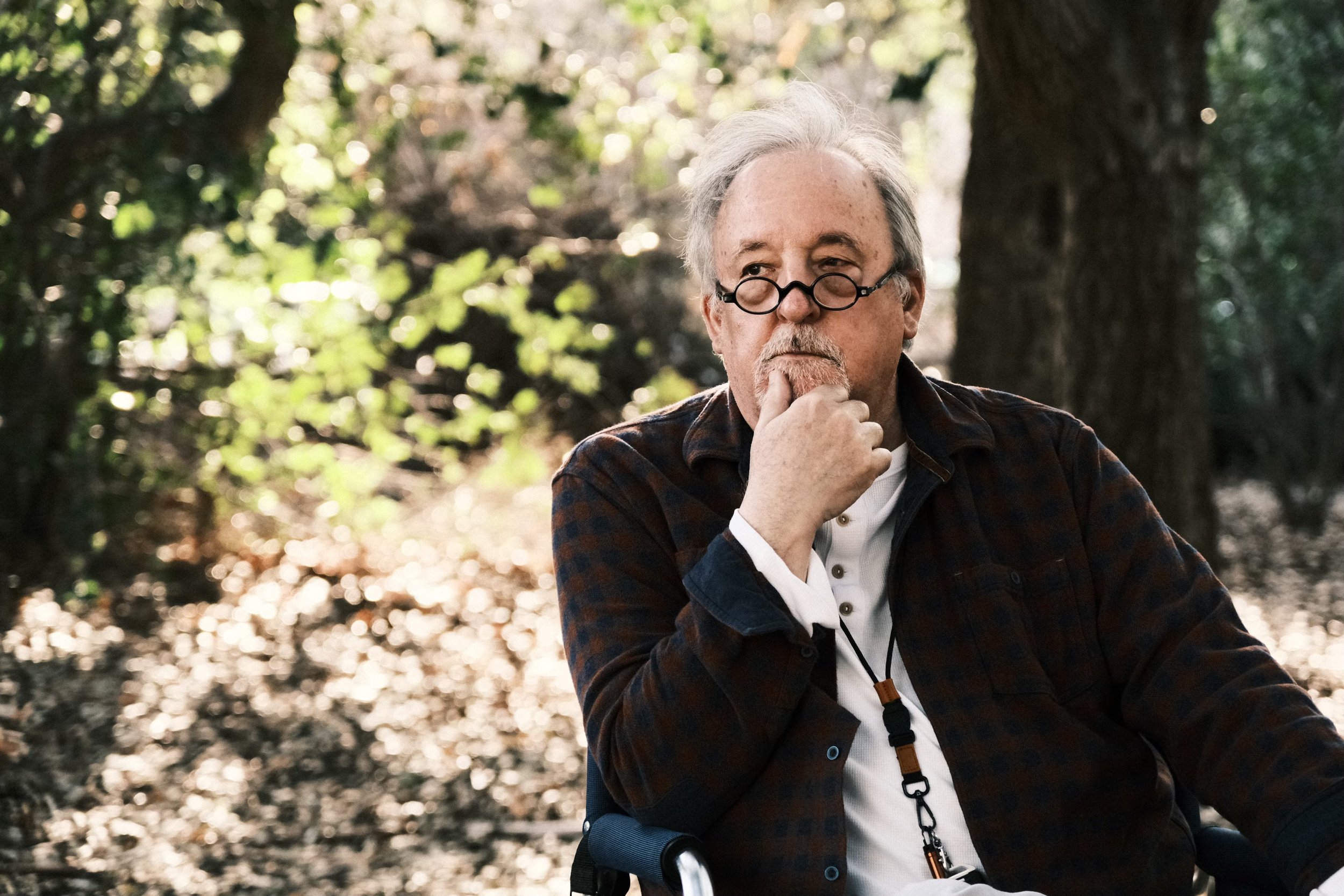Clearly, There is a Sadness
Clearly, There is a (Pre-Mortem) Sadness
My own work here seems foolish. I have no idea whether anyone reads it or not. I’m rarely contacted. When I die, my website subscription will expire with me. That's partly because no one seems interested enough to carry it on, and partly because I haven't written any books to leave behind, books that may themselves never be discovered much less actually read.
I think part of the reason for this is that I don’t sell t-shirts, coffee mugs and clever stickers. Or maybe I am talking over people’s heads, or I’m seen as just talking out my ass on topics that are perceived as irrelevant. And there’s also the scratchy issue of not being rich or famous, not being an influencer. Actually, I’ve probably lost work/business since I decided years ago not to hide the monastery behind my personal anonymity. I don’t wave flags about it, but it’s not all that hard to search out. Anyway, however you cut it, a life’s work will disappear without notice.
Truth is, trees have a better chance of being remembered because some of them live much longer. But even the most ancient trees fall.
"Mother trees are the biggest, oldest trees in the forest. They are the glue that holds the forest together. They have the genes from previous climates; they are homes to so many creatures, so much biodiversity. Through their huge photosynthetic capacity, they provide food for the whole soil web of life. They keep carbon in the soil and aboveground, and they keep the water flowing. These ancient trees help forest recover from disturbances. We can’t afford to lose them." - ecologist Suzanne Simard in Scientific American, May 4, 2021
Human beings are, in a sense, no different. We, too, have mother trees. Except we don't call them that, mostly because we don't have a term for it. But we also don’t actually consider the possibility that such a thing exists. Yet our 'mother trees' are there, if we look around. But we don't even look. If were we to look, however, we would find something incredible.
When I first began to fly from the east to west coast, I’d never see the Grand Canyon. It was down there somewhere, but I didn’t know where to look. For one thing, I had to be seated on the correct side of the aircraft. This is very similar to the perplexities of deeper awareness or consciousness. Firstly, awareness is multi-layered. Secondly, it is oriented in the direction of the unknown. The deeper we travel into awareness, the more unknown the territory. In a sense, we don’t know which side of the aircraft to sit on and we have no idea what things look like from two, three or five dimensions deep into the rarified air of the unknown.
Just as different species of trees in the forest have their own intelligent, underground network we, ourselves, are also networked. Our consciousness network is there to be seen but we have to know both where to look and how to look.
Carl Jung was perhaps making reference to this in his term "Collective Unconsciousness".
"The collective unconscious - so far as we can say anything about it at all - appears to consist of mythological motifs or primordial images, for which reason the myths of all nations are its real exponents. In fact, the whole of mythology could be taken as a sort of projection of the collective unconscious... We can therefore study the collective unconscious in two ways, either in mythology or in the analysis of the individual." - From The Structure of the Psyche, CW 8, par. 325
We can also see hints of such things revealed in the monastery essay "Conversations in Consciousness" which focuses on talks between quantum physicist David Bohm and spiritual guru Krishnmurti.
To actually see our mother trees, we have to learn how to see our mother trees.
To actually see our mother trees, however, we have to learn how to see our mother trees. Hints, breadcrumbs and teachings have been scattered about for millennia. Let’s look at two that we utilize in the monastery.
1. Penetrating the Veil
What is the key to opening the so-called inner mysterious pass? I prefer to call this pass the inner veil, that dark place where when we meditate it tends to put us to sleep. That dark spot inside us that when we go about the task of self-examination it tends to repel us in fear of what we might discover, or perhaps it sends us in the opposite direction due to our terror of death. It’s a place that for many of us elicits a great deal of anxiety because we fear what looking at it or going past it will mean. We think it means annihilation when actually it means a correction of the terms freedom and reality.
The Three Principles of the Whatever State of Mind
From my experience the key can be broken down into three things: the Principles of Interaction, Movement and Calmness (a.k.a. the Art of Being Relaxed). When I approach that spot and encounter things that try to freak me out, I’ve learned to take the attitude of ‘whatever’. When I do that the scary shit just instantly disappears. The secret to achieving the ‘whatever’ state of mind can be broken down into these three principles.
Interaction provides us with the tools to stay objective even in highly subjective circumstances. Think of the EMT who has to face deeply disturbing trauma, often occurring in highly excitable circumstances. Yet the EMT remains focused and objective… almost cold and mechanical. Interaction gives us a set of tools that allow us the ability to face things within ourselves and remain placid, even when that ‘dark spot’ is looming.
I use Jiu Jitsu to deploy Interaction when adversity starts to rage. But actually, I use it all the time. Because I’ve used Jiu Jitsu to help me maintain what I like to call a ‘steady-state’ way of living. By way of example, I am not out to ‘be happy’. I’m also not out to ‘be depressed’ or to ‘be angry’. Instead, I prefer a state of equilibrium. To not strive to be in a more balanced state most of the time is to surrender to emotive states that move me away from calmness.
The sine wave chart shows a solid horizontal line that is intersected by a steadily narrowing oscillation. I like the less reactive state to the right, because it is easier to maintain setpoint. In that less reactive state, the distance to setpoint is far closer than to the left of the graph. Over there we are either too high or too low - wobbling around setpoint, away from it more than near it.
I call this less reactive state of being ‘equilibrium’. Equilibrium helps me maintain calmness, it keeps me relaxed.
Once I am able to stay calm and maintain equilibrium, I am now in a far stronger position for the following things to occur:
Face the veil (or darkness);
Go through the veil;
Not freak out but rather adopt the ‘whatever’ mindset; the bullshit will instantly melt in the face of that allowing us to keep moving;
Stay calm, observe. Simply see things as they are, interact in an objective way even if things are highly subjective, startling or even stunning. Don’t try to explain it, just experience it for what it is;
Start to get a sense of the map, the navigation rules, the behaviors that are uncovered as we become more aware.
Jiu Jitsu taught me the importance of the Principle of Movement. If I am confronted with emergency sirens warning of a major flood or landslide, I better start moving. Because to stay still, to freeze in place, ups my chances of injury or death. To stop is to die. So, even when confronted with things that occur ‘beyond the veil’ I practice remaining calm and objective. I also maintain my ability to keep moving. I am not locked in position, frozen by the experiences, unable to respond. I don’t flee, but if I need to move, I move.
2. The Holographic Body
Mark Walter. Photo Credit: The Nun of That
From my perspective, I see the human ‘mother tree’ more as a unified body, a giant human in a sense. A body in which each of us exist as a single cell. I also see this greater human body itself connected to an even greater, far more vast ‘mother tree’. An endless holographic web.
By today's count, the greater human body is composed of at least eight billion cells. And of those eight billion cells, there’s a resemblance. In other words, similar to our body's own individual cells these ‘greater’ cells include cells that are skeletal, muscular, or maybe organs, nerves, endocrine and so on. One person may be an eye or a vision cell in the greater human body, which might make him/her a visionary, an optometrist, or maybe a welder. Another person’s holographic counterpart might be part of the digestive or elimination system, which might make him/her predisposed to be a cook, or work in a wastewater treatment plant or, depending on how far down the digestive system they are stationed, an asshole.
While perhaps controversial, this concept of a greater human body and its matching holographic influence on our own individual bodies suggests that IF there is a greater picture occurring, I'd want to know about it. And IF it was indeed true, then the implication would suggest that a bigger game is afoot. And I'd also want to know about that. In fact, a lot of people want to know that, including many of our tech leaders. You might enjoy the monastery's essay on "The Mystic in Silicon Valley".
It is from various perspectives that I have come to be a bit more mindful and transparent about dying. Because on the one hand, while I'm not all that afraid of dying that doesn't mean thoughts of my death aren’t infused with regret. Because they are. Some of my regret includes things we can all relate to: regarding how I've treated others, or handled situations, or clumsy mistakes I've made in relationships. I have many handfuls of those types of regrets, but my dominant regret has to do with the idea of the greater human body and the bigger game that's in play. And so, this…
Forty-Two
for into far mountains I had to go
and through their stone my roots did grow
yet as roots deepened and limbs grew old
a moment there, I too must fall
while of my roots I'm not forlorn
deep set rivers of truth and thorns
these days my words have bites and sting
but some bees die in 42 days


